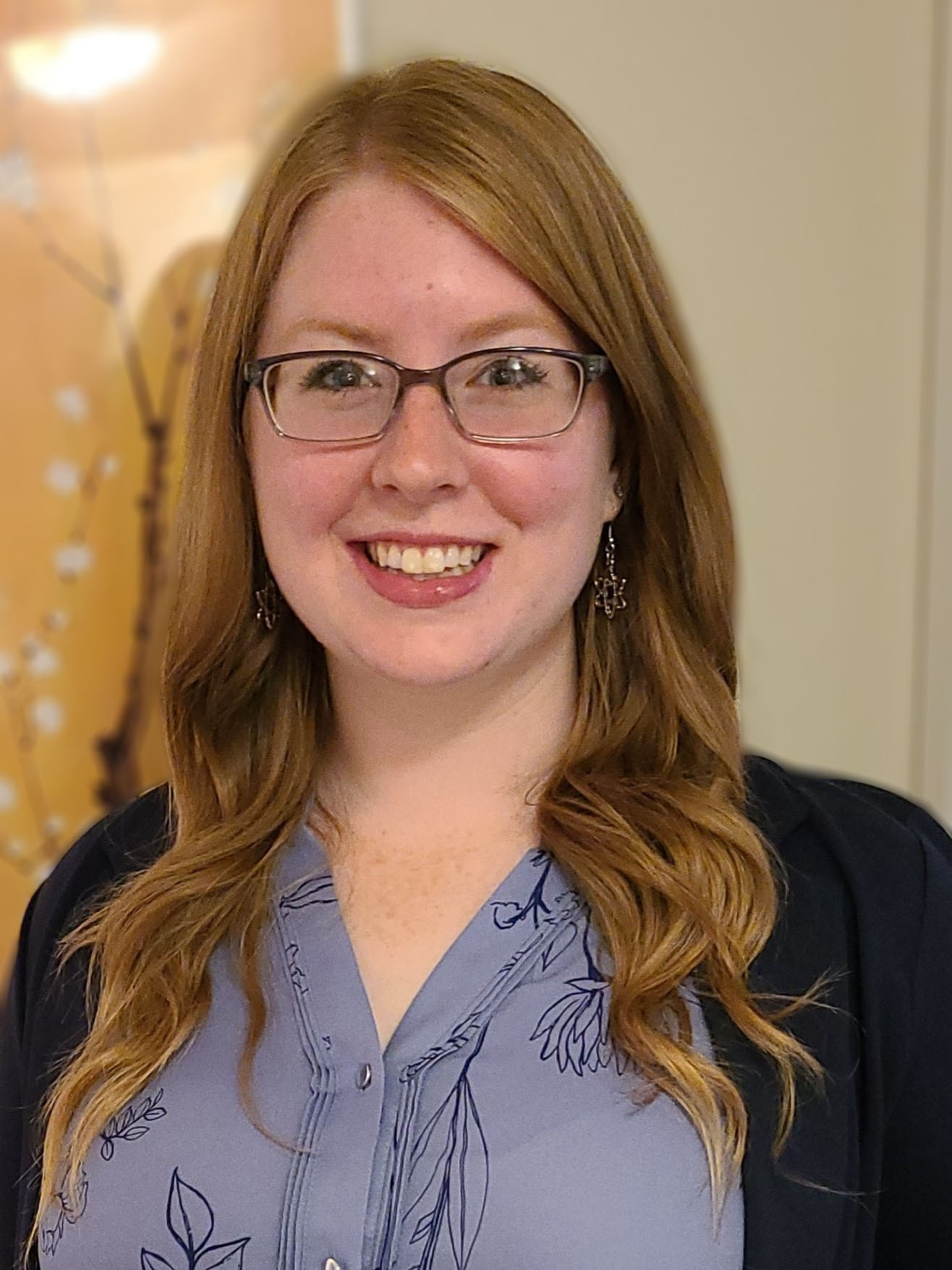Seminars 2020-2021
For the Winter 2021 semester, the seminars will be held on Thursdays at 12:00 PM unless otherwise specified. Financial support for the seminars was kindly provided by the Rackham Graduate School.

|
October 13, 2020 Ultrasound Modulated Droplet Lasers 12:00-1:00 | Zoom CallXuzhou LiPhD Candidate, Mechanical Engineering, University of Michigan In this talk, we will demonstrate our research about the ultrasound modulated droplet lasers, in which the laser intensity from whispering gallery mode (WGM) of oil droplets can be reversibly enhanced up to 20-fold when the ultrasound pressure is beyond a certain threshold. The lasing enhancement was investigated with various ultrasound frequencies and pressures. Furthermore, the ultrasound modulation of the laser output was achieved by controlling the ultrasound pressure, the duty cycle, and the frequency of ultrasound bursts. Its potential application was explored via the study on a human whole blood vessel phantom. A theoretical analysis was also conducted, showing that the laser emission enhancement results from the directional emission from a deformed cavity under ultrasound pressure. Our studies reveal the unique capabilities of ultrasound modulated droplet lasers, which could lead to the development of laser emission-based microscopy for deep tissue imaging with high spatial resolution and detection sensitivity that may overcome the long-standing drawback of traditional fluorescence imaging.
|

|
November 10, 2020 Multiplexed Analysis of Islets-on-Chip> 12:00-1:00 | Zoom CallAshley LenhartPhD Candidate, Chemistry, University of Michigan Microfluidic based multiplexing is valuable for the study of tissue dynamics in which information content is high and sample quantity may be low. Islets of Langerhans are complex micro-organs involved in glucose homeostasis and diabetes, making their function of significant interest. They secrete the hormones insulin and glucagon through metabolic events. While insulin secretion has been well-studied, glucagon secretion and accompanying metabolic changes are less well understood. Contributing to this knowledge gap is sample complexity, difficulty handling small volumes, and complicated sample preparation required for many assays. To address these complications, we utilize microfluidics and pair the device with a bead-based immunoassay (AlphaLISA), matrix-assisted laser desorption/ionization (MALDI) mass spectrometry (MS), and liquid chromatography (LC) MS to create a platform through which to study cell complexity including hormone release, metabolite content, and amino acid dynamics. Microfluidic devices easily manipulate small volumes, provide precise control of cellular environments, and allow for perfusion, which maintains more physiologically relevant conditions. The designed device houses islets and perfuses them with buffers of varying glucose concentrations, which can be altered on-chip in seconds through an incorporated mixing channel. The device is pre-treated with bovine serum albumin to decrease sample loss and improve temporal resolution. Islet release is continuously sampled and split for hormone analysis by AlphaLISA and amino acids by LC-MS using as few as 2 islets with as short as 5 second fractions. Islets are then subjected to MALDI MS to gain metabolite information for pathway analysis. Over 20 targeted metabolites and their upregulation upon increased glucose levels have been detected from single islets using the developed methodology. Results for each technique demonstrate need for only minimal sample preparation and compatibility with sample complexity. This work establishes the first steps toward pairing microfluidics with three unique techniques, creating a platform from which to launch more in-depth body-on-a-chip studies.
|

|
February 16, 2021 Microfluidics for Microbial Dark Matter 12:00-1:00 | Zoom CallShanna DavidsonPhD Candidate, Chemical Engineering, University of Pittsburgh More than 99% of microorganisms are currently unable to be cultured using standard laboratory techniques, resulting in the mysterious phenomena of “Microbial Dark Matter”- microorganisms that we know to exist through culture-independent metagenomics, but have yet to be cultured successfully in laboratory conditions. Hence, culturing microorganisms has proven to be non- trivial. While many modifications to standard growth media can be simple manipulations (temperature, pH, osmotic pressure and oxygen conditions), it is clear that there is a distinct gap in knowledge in other biotic factors and secondary metabolites that may play a role in the culturability of species.
Microfabrication technologies have allowed for the design of novel miniaturised culturing techniques, including microfluidics, providing ideal methods for interrogating microbial communities in a finely controlled environment. The high-throughput nature and monodispersity of the nanolitre-sized droplets lends itself well to the need for quick and ample sample testing, as well as easy sorting methods. In our applications, we create double-emulsion microcapsules, termed Nanocultures, using a 3-phase flow-focussing technique that allows an aqueous bacterial sample to be encapsulated within a semi-permeable polymeric membrane. Furthermore, the polymeric membrane of the capsules allows for custom functionality and control of mechanical and transport properties, forming a selective boundary that can be used to probe bacterial communities with chemical and physical stimuli. In this work, I have examined the mechanical and transport properties of the Poly(dimethylsiloxane)-based membrane functionalised with Dimethylallylamine (DMAA). Furthermore, the Flory-Huggins Chi parameter was examined as an effective predictive tool of the permeability of molecules through the polymeric membrane. These data will pave the way in our understanding of effectively using the Nanocultures to study complex synergistic and antagonistic microbial behaviors in both natural and synthetic communities, with the goal of better simulating natural microenvironments and increasing discoverability of novel molecules, such as antimicrobials.
|

|
March 2, 2021 Exploring our Blind Spots: Key events in the History of Microfluidics 12:00-1:00 | Zoom CallDr. Priyan WeerappuliPost-Doctoral Fellow, Biomedical Engineering, University of Michigan The field of microfluidics, like all areas of science and engineering, has grown and evolved through a number of disconnected events over the last half century. Though many of us may be oblivious to these events, their legacy is recorded in the form of practices that we often learn, perform, and teach uncritically (e.g. the use of channels with rectangular cross-sections, the use of PDMS/Sylgard 184, the use of planar/two-dimensional channel architectures). While this phenomenon is not unique to microfluidics, and has not ostensibly stifled innovation; an appreciation of where these artifacts lie may enable us to identify and re-evaluate assumptions that may subconsciously confine the questions and ideas we choose to pursue in our own work. This talk will attempt to broadly survey the history of microfluidics while focusing on three key periods: the early development of silicon piezoresistive sensors in the 1960s, the first silicon-based microchannel developed in the 1970s, and the first use of polymers beginning during the 1990s and early 2000s.
|

|
October 23, 2019 Microfluidic Blood Brain Barriers: Progress and Perspective 12:00-1:00 | Zoom CallProf. C. Ryan OliverFaculty-Research Investigator, Cancer Research Program, University of Michigan Brain metastasis is the most lethal complication of cancer but is poorly understood. Improving our understanding of the BBB tumor micro-environment is critical to develop new therapeutics and improve outcomes for patients. In vitro microfluidic blood brain barriers (BBB) are one approach that has enabled the study of individual steps in the metastatic cascade of cancer. Dr. Oliver will present work on how these tools have been developed and are being used to characterize the metastatic behavior of breast cancer cells and patient derived xenografts. These studies have highlighted the partnership between cancer cells and brain stromal cells in promoting metastasis for subclones derived from the tumor of origin. Moreover, he will discuss secondary innovations required to culture, quantify, and analyze organ on a chip device for meaningful interpretation. Finally, we will discuss results from this work and provide a perspective on where the field may be headed.
|

|
October 9, 2019 Cara D'AmicoPhD Candidate, Pharmacology, University of Michigan The Sirtuin family of enzymes play an important role in regulating cellular metabolism and has been identified as therapeutic targets for metabolic and aging related disease states. Specifically, there is great interest in finding small molecule inhibitors of Sirtuin-5 (SIRT5). This mitochondrial isoform has been identified as a driver in the metabolic reprogramming within various breast and cancer cells, leading to increased tumor growth and proliferation. While several high-throughput, fluorescence-based assays for Sirtuin modulatorshave been developed, they have been found to have a high potential for false positive results. Our group has developed capillary electrophoresis (CE) and microchip electrophoresis (MCE) approaches for the screening of small molecule activity against SIRT5. We have also coupled these separations to rapid sample introduction via droplet microfluidics and screened thousands of compounds, identifying novel SIRT5 inhibitors. Additionally, we coupled droplet microfluidics to Ion Mobility-Mass Spectrometry (IM-MS) to assess the stoichiometry, relative strength, and impact on protein stability of these inhibitor-SIRT5 binding events. This talk highlights the development of these microfluidic assays and how we can gain a deeper understanding of SIRT5 inhibition through a combination of analytical approaches.
|
